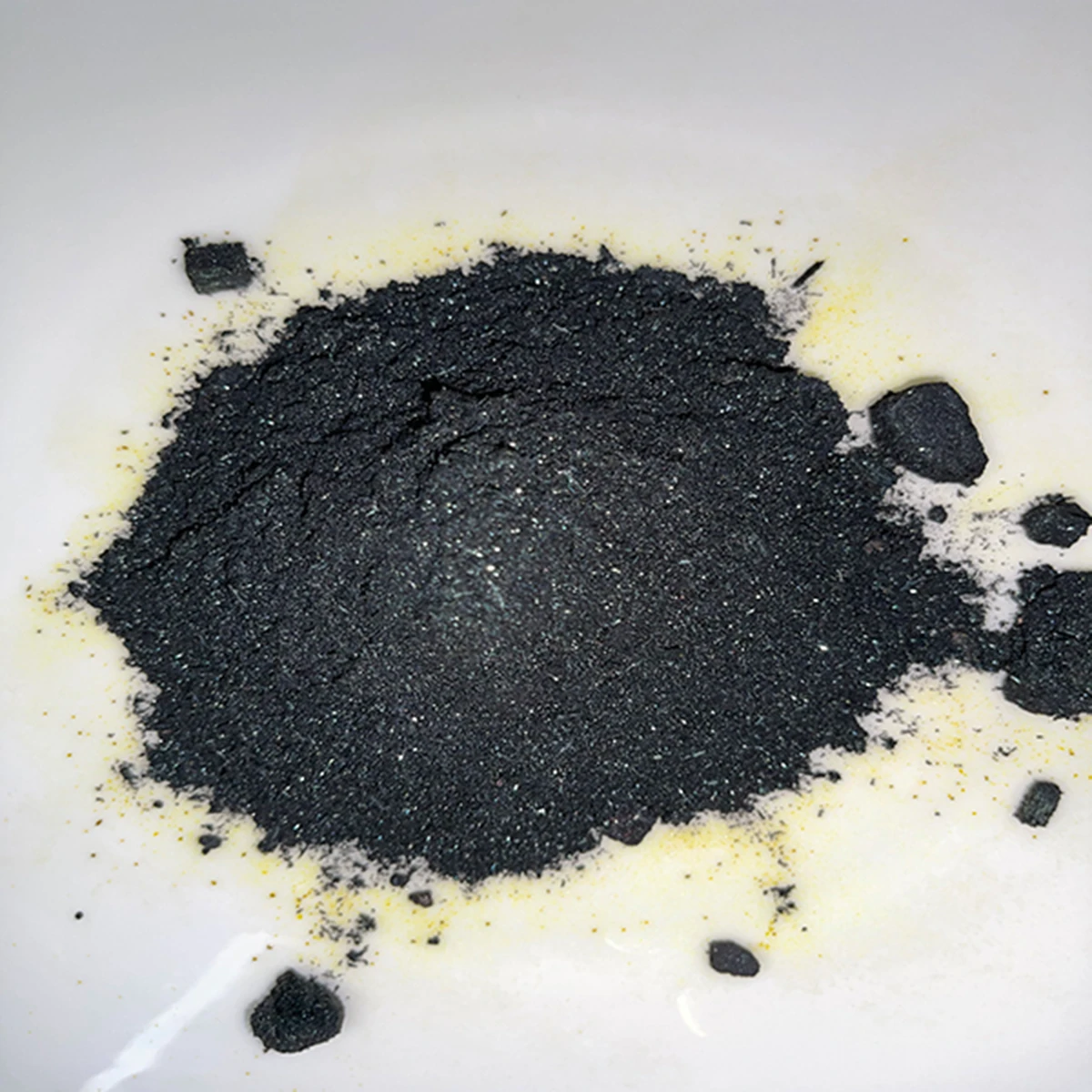



potassium peroxomonosulfate
Potassium Peroxomonosulfate An Overview of Its Properties and Applications
Potassium peroxomonosulfate (KHSO5), commonly known as potassium peroxymonosulfate (PMS), is an important oxidizing agent that finds a variety of applications across different fields such as water treatment, cleaning, and pharmaceutical industries. Its unique chemical properties, safety profile, and versatility make it a preferred choice for many applications.
Chemical Structure and Properties
Potassium peroxomonosulfate is a white crystalline salt that is stable under normal conditions. It is characterized by its molecular formula KHSO5, which consists of a potassium cation (K+), a hydrogen ion (H+), and a peroxomonosulfate anion (HSO5−). The presence of the peroxo group (–O–O–) gives potassium peroxomonosulfate its strong oxidizing ability, making it a powerful agent in various chemical reactions. It is highly soluble in water, forming a colorless solution that can serve multiple applications.
Mechanism of Action
The oxidizing ability of potassium peroxomonosulfate emanates from the peroxo structure that readily releases reactive oxygen species (ROS) upon dissociation. These ROS can initiate a range of oxidation reactions, including the breakdown of organic matter, disinfection of pathogens, and the oxidation of inorganic substances. This reactivity underpins the compound's broad-spectrum efficacy, enabling it to act against bacteria, viruses, and fungi.
Applications
Water Treatment
One of the primary applications of potassium peroxomonosulfate is in wastewater treatment and drinking water disinfection. Due to its strong oxidizing properties, PMS effectively eliminates harmful microorganisms, thus reducing the overall microbial load in water systems. Furthermore, the compound helps in the oxidation of iron, manganese, and other contaminants, improving water quality. Its efficacy against chlorine-resistant pathogens makes it particularly valuable in maintaining water safety.
potassium peroxomonosulfate

Cleaning Products
Potassium peroxomonosulfate is also widely utilized in various cleaning and disinfecting products. It serves as an ingredient in pool shock treatments as it can quickly eliminate organic contaminants and maintain water clarity. Additionally, its use in household cleaners allows for the effective removal of stains, odors, and pathogens, offering a safer alternative to harsher chemicals. Its stability and compatibility with other cleaning agents enhance its appeal for formulation in cleaning products.
Pharmaceutical Applications
In the pharmaceutical industry, potassium peroxomonosulfate has been studied for its antimicrobial properties. It has applications in sterilizing medical equipment and surfaces, effectively destroying resistant spores and bacteria. Furthermore, there is ongoing research into the use of PMS in drug formulation and delivery systems, leveraging its oxidation capabilities to enhance the stability and efficacy of certain pharmaceuticals.
Safety and Handling
Potassium peroxomonosulfate is considered safer than many traditional oxidizing agents, such as chlorine or hydrogen peroxide. However, it is essential to handle it with care. Proper protective equipment should be used to avoid skin or eye irritation, and it should be stored in a cool, dry place away from incompatible materials. Users must adhere to safety data sheets to ensure appropriate handling and response to potential hazards.
Conclusion
Potassium peroxomonosulfate is an essential compound with a wide range of applications due to its effective oxidizing properties. From water treatment to cleaning products and pharmaceutical applications, its versatility makes it a valuable agent in modern formulations. As researchers continue to explore new ways to utilize potassium peroxomonosulfate, its importance in improving public health and environmental sustainability is likely to grow. Overall, potassium peroxomonosulfate stands out as a highly effective and safer alternative in various industries, paving the way for safer and more efficient practices in disinfection and oxidation processes.
-
Why Sodium Persulfate Is Everywhere NowNewsJul.07,2025
-
Why Polyacrylamide Is in High DemandNewsJul.07,2025
-
Understanding Paint Chemicals and Their ApplicationsNewsJul.07,2025
-
Smart Use Of Mining ChemicalsNewsJul.07,2025
-
Practical Uses of Potassium MonopersulfateNewsJul.07,2025
-
Agrochemicals In Real FarmingNewsJul.07,2025
-
Sodium Chlorite Hot UsesNewsJul.01,2025










